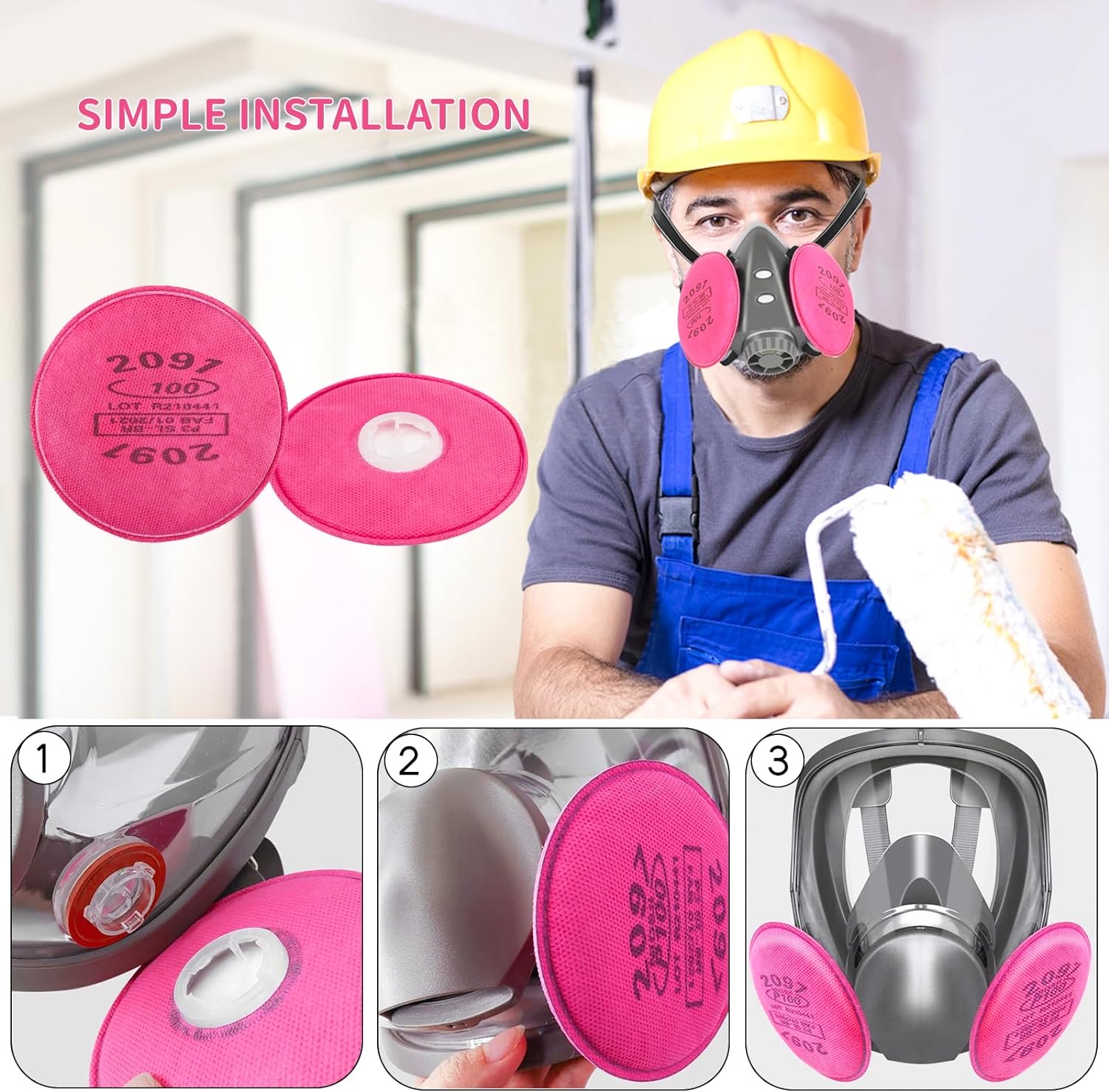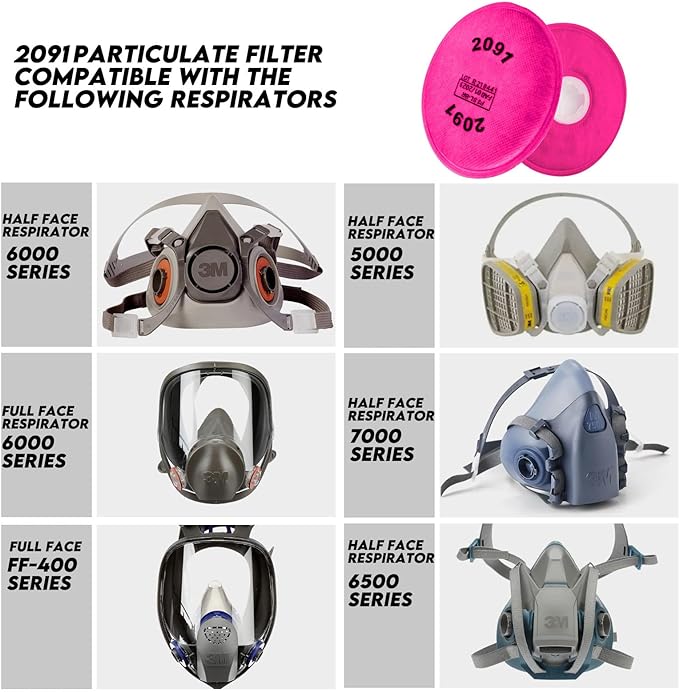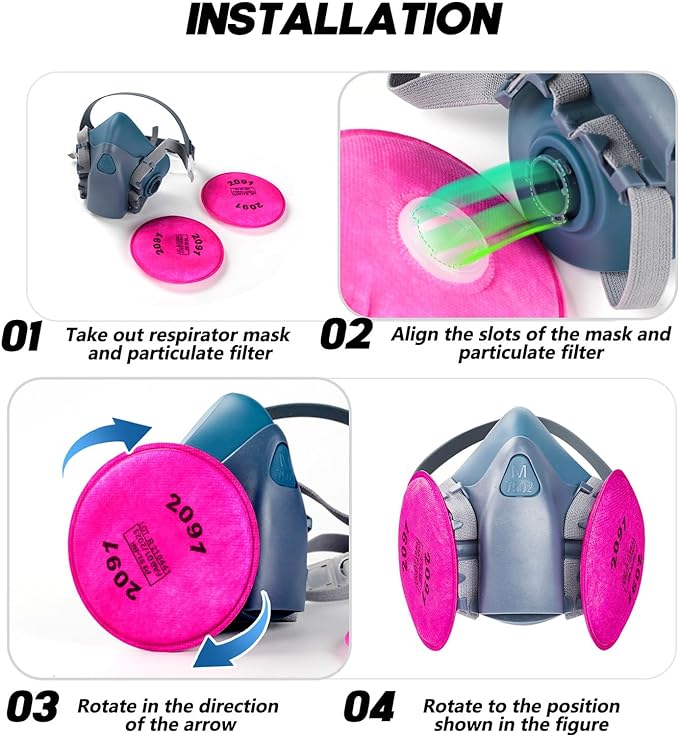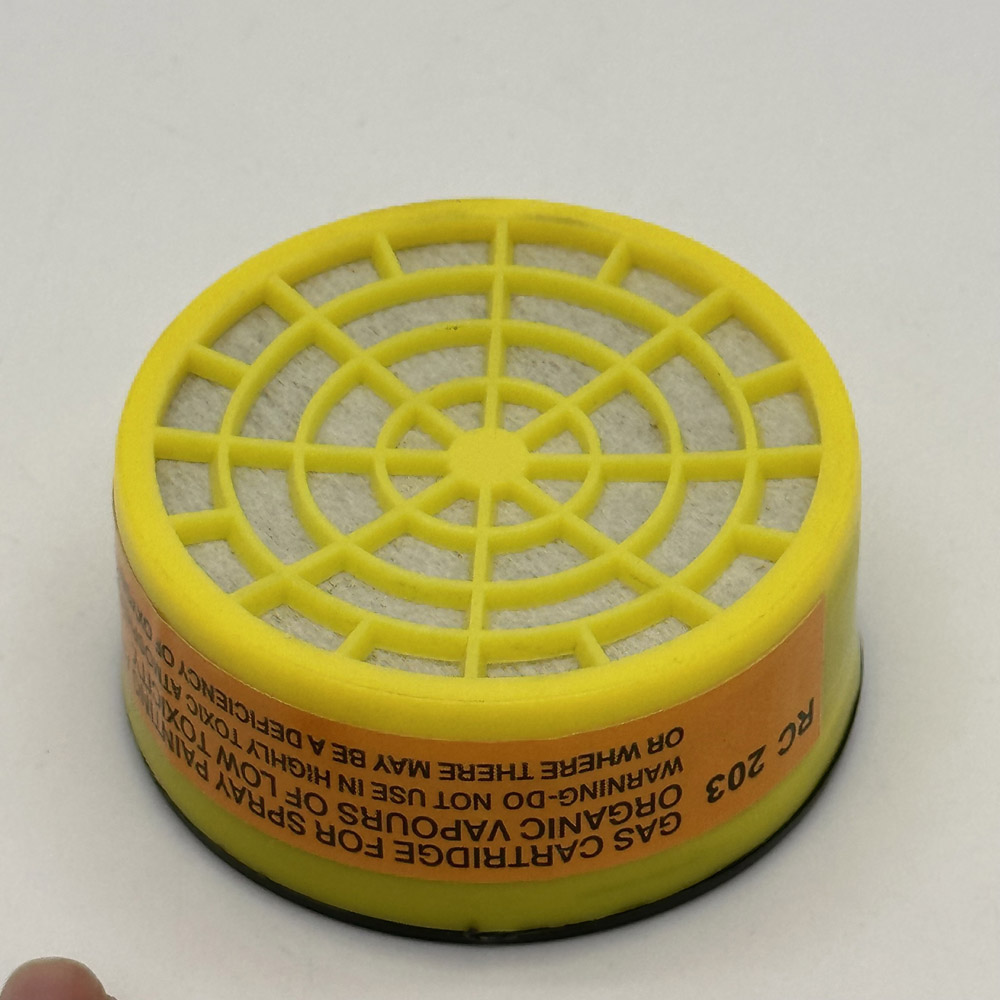
Respirator filters are essential for protecting against harmful particles, gases, or vapors in workplaces, healthcare settings, and hazardous environments. However, improper use can reduce their effectiveness and put the wearer at risk. This guide explains the correct way to use respirator filters for maximum safety.


Not all filters are the same—selecting the correct type is crucial:
Particulate Filters (N95, P100, etc.) – Protect against dust, smoke, and airborne particles.
Gas & Vapor Filters – Used with chemical cartridges (e.g., for solvents, chlorine, or ammonia).
Combination Filters – Protect against both particulates and gases (e.g., multi-gas cartridges).
Key Considerations:
✔ Check the respirator’s compatibility (e.g., 3M, Honeywell, or other brands).
✔ Ensure the filter matches the hazard (NIOSH, OSHA, or EN standards).

Before use:
Check for damage – Cracks, dents, or tears can compromise protection.
Verify expiration date – Some chemical filters degrade over time.
Ensure a proper seal – The mask should fit snugly without gaps.
For disposable respirators (N95, KN95), the filter is built-in—replace the entire mask when dirty or clogged.
For reusable respirators (half/full-face):
Align the filter with the mask’s intake valve.
Twist or click it into place securely.
For dual-filter masks, attach filters to both sides.
A proper fit is critical. Follow these steps:
Positive Pressure Check – Cover the exhalation valve and exhale gently. If air leaks, adjust the straps.
Negative Pressure Check – Cover the filters and inhale. The mask should collapse slightly—if not, reposition it.
Avoid touching the filter during use to prevent contamination.
If you smell or taste chemicals, leave the area immediately—the filter may be saturated.
Follow time limits (e.g., gas cartridges typically last 8–40 hours, depending on exposure).
Particulate filters (N95, P100) – Replace when breathing becomes difficult or after 8+ hours (sooner in dusty conditions).
Chemical filters – Change when you detect odors, or as per the manufacturer’s guidelines.
Disposable masks – Discard after one use if exposed to hazardous substances.
Wash hands before handling the respirator.
Remove the mask by the straps (avoid touching the contaminated filter).
Discard disposable filters in a sealed bag.
For reusable filters, store them in an airtight container if not expired.
Never use in oxygen-deficient environments – Filters don’t supply oxygen.
Store properly – Keep in a dry, cool place away from chemicals.
Follow workplace regulations – OSHA, NIOSH, or local safety standards may apply.
Proper respirator filter use ensures maximum protection against airborne hazards. Always check compatibility, inspect before use, perform seal checks, and replace filters as needed. By following these steps, you can stay safe in hazardous environments.
Would you like recommendations for specific brands or filter types? Stay protected! 🛡️
Your email address will not be published. Required fields are marked